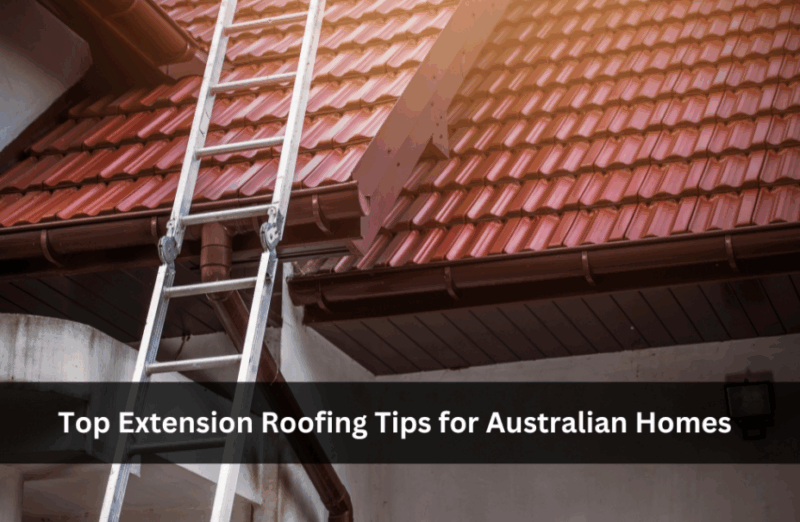A roof extension might seem like a small part of a renovation, but it carries more weight than most people realise.
It protects the new space, impacts how well the extension fits the rest of the house, and plays a big role in temperature control and drainage.
Choosing a durable metal roof extension is often a smart move, especially when the goal is to keep maintenance low and performance high. But the material is just the start. There’s a lot that goes into getting it right.
Things like where the extension is placed, how it connects to the original roof, and even which way it faces can all affect the result.
If any of those parts are overlooked, it’s easy to end up with leaks, heat build-up, or a roofline that just looks a bit off.
It’s the kind of detail that might not seem urgent at first, but it matters once the build is done and you’re living with it every day.
Think about climate and position early on
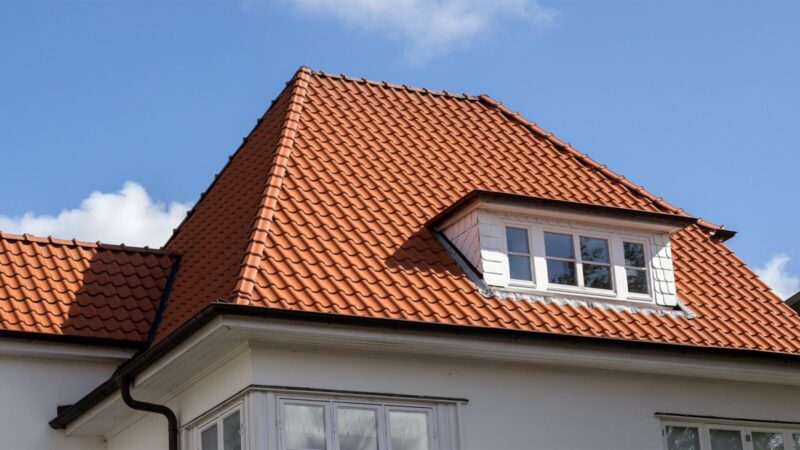
Australia’s climate doesn’t cut corners — and your roof shouldn’t either. Where your extension sits on the block, what direction it faces, and how exposed it is to wind or salt all affect which materials and designs will actually hold up.
Some basics:
- In coastal spots, steel with a marine-grade finish resists rust better
- For hot inland zones, go with reflective coatings and plenty of ventilation
- If heavy rain’s an issue, a steeper pitch and deeper gutters help with runoff
There’s no one-size-fits-all. Designs that work in one region might underperform in another, even on the same street.
Get across the safety rules
Even if the extension is small, roofing work isn’t something you can take lightly. There are national safety standards that apply to all roof jobs, and depending on height, pitch, and access, those rules can be strict.
The roofing work safety regulations lay out requirements for guard rails, weather planning, roof access and edge protection. Some key points:
- Fall protection may be needed even on low roofs
- SWMS (Safe Work Method Statements) are often mandatory
- Work must stop during high wind, rain, or extreme heat
Whether you’re doing it yourself or hiring help, it’s important to check what’s required before a single panel goes up.
Match materials with care — or not at all
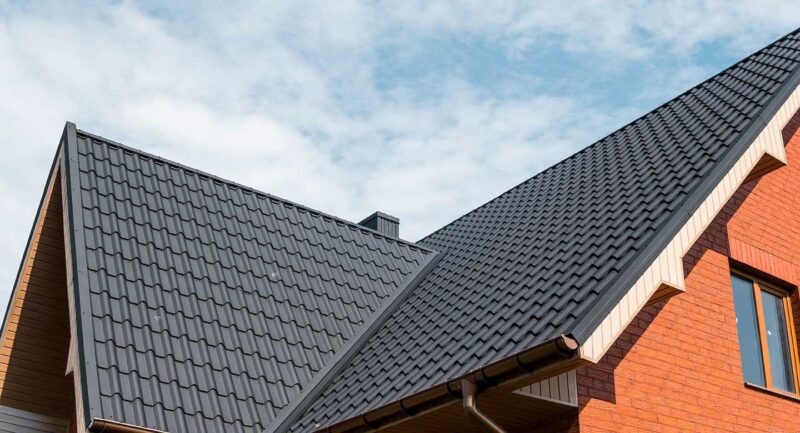
Matching the main roof makes sense when the extension faces the street or blends into the existing structure. But it’s not always the best (or only) choice.
Sometimes contrast works better:
- For a rear-facing alfresco, a lighter-looking roof can make the space feel more open
- On a detached garage or studio, you might prefer a contemporary finish
- If the main roof is old or weathered, a clean contrast can avoid mismatched patchwork
Of course, there’s more to this than appearances. Material weight, noise levels, and insulation value — all of these shape the result. There’s a full breakdown in our resource on choosing extension roofing materials.
Flashing and sealing matter more than you think
One of the most common problems in new extensions? Leaks at the join between the old and new roofs. It usually comes down to shortcuts with flashing.
What helps:
- Custom flashings that fit the roof profiles exactly
- Expansion joints where metal meets masonry or timber
- Quality sealants that stay flexible over time
This isn’t just about waterproofing. Poor flashing can lead to rot, insulation damage, and long-term structural issues. It’s worth the extra effort during installation.
Don’t forget about airflow and heat build-up
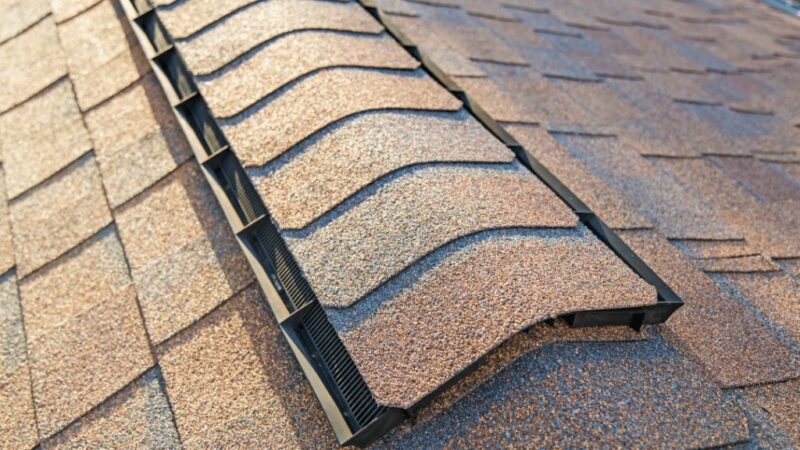
Extensions can be tricky. The way they connect to the original house sometimes blocks air circulation, and that means trapped heat. It’s especially noticeable in upper-storey additions or flat-roofed sunrooms.
Good options to think about:
- Passive vents like whirlybirds or ridge lines
- Soffit vents that let cooler air in from below
- Integrated insulation panels for heat control
Planning this before construction makes a big difference. Retrofitting ventilation later is more expensive and usually less effective.
Use people who know what they’re doing
Roofing extensions aren’t the same as roofing a new home. The existing structure is often out of square, or the framing isn’t consistent, or the gutter height doesn’t line up.
That’s why it pays to bring in roofers who’ve done extension tie-ins before. Things to check:
- Are they licensed for roof work in your state or territory?
- Do they have experience with your type of roof material?
- Will they warranty the work, including water-tightness?
The roof might look simple from the ground, but a good install involves a lot of detail behind the scenes.
Make future access part of the plan
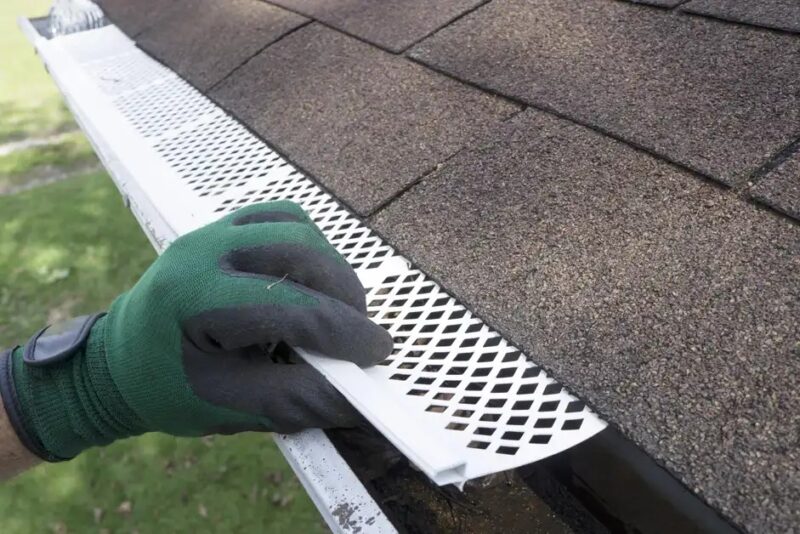
Roofs need maintenance — even the best ones. Gutters fill with leaves. Flashings wear out. Seals crack under years of sun and movement.
It helps to design with this in mind:
- Leaf guards can prevent blockages
- Walkable pitches or clear access routes simplify inspections
- Roof anchor points make professional cleaning safer and cheaper
These are small extras during the build, but can save time and money later on.
It’s easy to underestimate how much your extension roof affects comfort, longevity, and cost. But by planning carefully — and thinking about ventilation, safety, materials, and integration — you avoid the most common problems down the track.
Final thoughts
Roof extensions aren’t just about covering a space — they’re about connecting it. A roof that’s well-matched, properly sealed, and thermally efficient can make an extension feel like it’s always been part of the home. Planning for climate, safety, and future maintenance from day one makes all the difference in the long run.
Honestly, it helps to just have a rough idea of stuff like what the council expects, if the roof materials come with any kind of warranty, and how the weather might mess with things long-term. You don’t have to know every rule, but if you’ve looked into it a bit, you’ll be less likely to miss something important. Or end up paying for some problem that could’ve been avoided early on.
